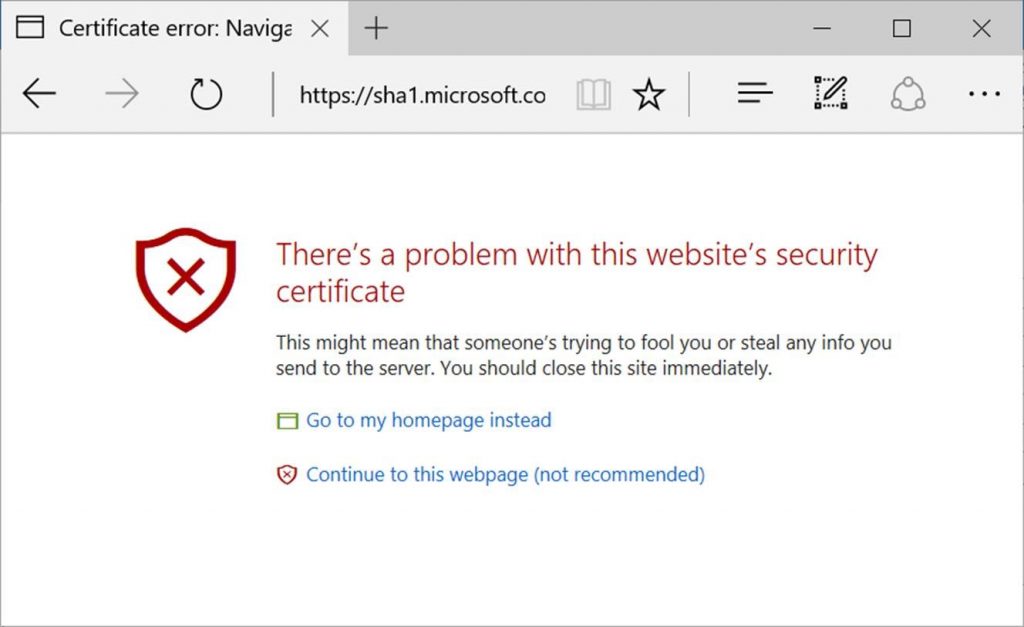As I read Cory Doctorow’s recent Technology Review post, “Mr. Robot Killed the Hollywood Hacker“, I found myself nodding my head enthusiastically. Anyone who knows much about computers and watches Mr. Robot will have noticed that the show’s depiction of hacking is very different from what we usually see on TV and in movies. The user interface is a text console. Everything is done with arcane text commands. Nothing is flashing, except the prompt. In other words, it’s accurate.
For as long as computers have been shown in movies and TV, they have been depicted as flashy, noisy, exploding, and otherwise utterly fanciful, almost magical devices. Hollywood obviously took one look at reality and collectively said “no way, that’s boring as hell.” So the vast majority of computer depictions in movies and TV are some art director’s crazy fantasy of how a computer should look.
I long ago stopped complaining about this. Nobody wants to listen to me drone on about how unrealistic a computer is in some TV show. Now, I just allow myself to be amused. I told myself that this was just harmless hyperbole, a layer of pizazz added onto reality to make it more entertaining.
But Doctorow makes an interesting point: the traditional depiction of computers by Hollywood isn’t as harmless as it may seem.
The 1983 film WarGames is about a high school kid who accidentally hacks into a military computer and almost starts a global thermonuclear war. There were – and still are – a lot of reasons why this is an unlikely scenario, but hey, this is entertainment. A lot of people saw the film, and most enjoyed it, including me. One of the least realistic parts of the film shows the WOPR computer smoking and burning when it becomes overloaded. Real computers just stop working when they’re overtaxed. Anyway, I didn’t mind the silliness; it’s all good fun, right?
Wrong. Apparently, Wargames got some people in Washington worried about whether a high school kid really could hack into military systems and start a war. In 1984, one year after the release of WarGames, the US Congress passed the Computer Fraud and Abuse Act (CFAA), which made activities related to hacking illegal. The legislation is ill-defined, and overly-broad, and it’s widely seen as pointlessly destructive. It contributed to the suicide of Aaron Swartz, who was being charged with crimes related to the CFAA.
The next time you’re watching a TV show or movie, and see an inaccurate depiction of something, ask yourself: “is this really just a harmless Hollywood convenience?”
 boot13
boot13